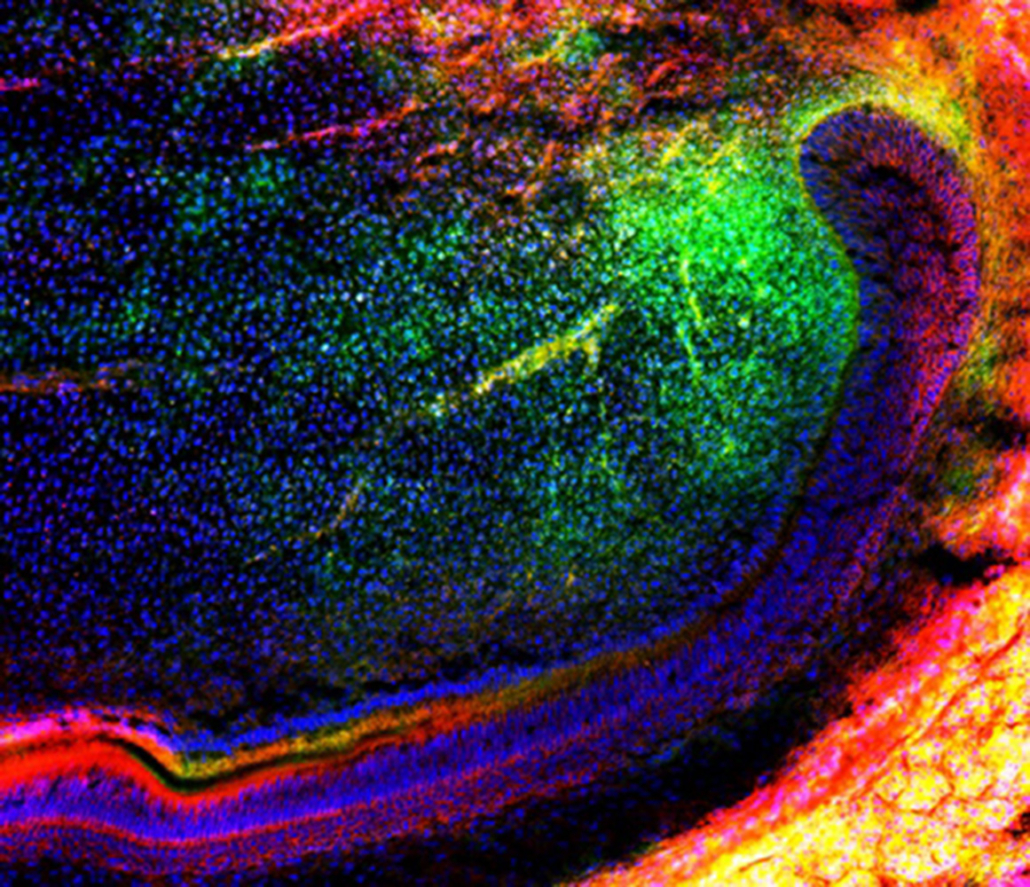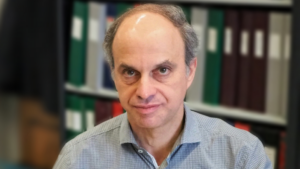
New stem cell population may help repair teeth
Researchers have discovered that crosstalk of a newly discovered stem cell population with quiescent stem cells may help repair teeth in the future.
Biotechnologists from Technical University Dresden and the Peninsula Dental School of the University of Plymouth have discovered of a new stem cell population in the front teeth of mice that could offer a new solution to tooth repair. The team headed by Dr Bing Hu identified a previously unknown mesenchymal stromal cell population (transit amplifying cells) in a continuously growing mouse incisor model that activate quiescent stem cells (QSCs) and determine tissue development and homeostasis.
The cells contribute to the formation of dentin, the hard tissue that covers the main body of a tooth. Importantly, the work showed that when these stem (so called Mesenchymal transit amplifying cells (MTACs)) cells are activated, they send signals back to the mother cells of the tissue to control the number of cells produced, through an epigenetically controlled gene called Delta-like 1 homolog (Dlk1).
This study is the first to show that Dlk1 is vital for this process to work. In the same study, the researchers also demonstrated that Dlk1 can enhance stem cell activation and tissue regeneration in a wound healing model. This mechanism could provide a novel solution for tooth repair, addressing problems such as tooth decay, crumbling and trauma treatment. Of course, further studies are needed to validate the results for clinical applications. Next steps include assessment of an appropriate duration and dose of treatment.


 FDA
FDA University of Geneva
University of Geneva MRM Health NV
MRM Health NV